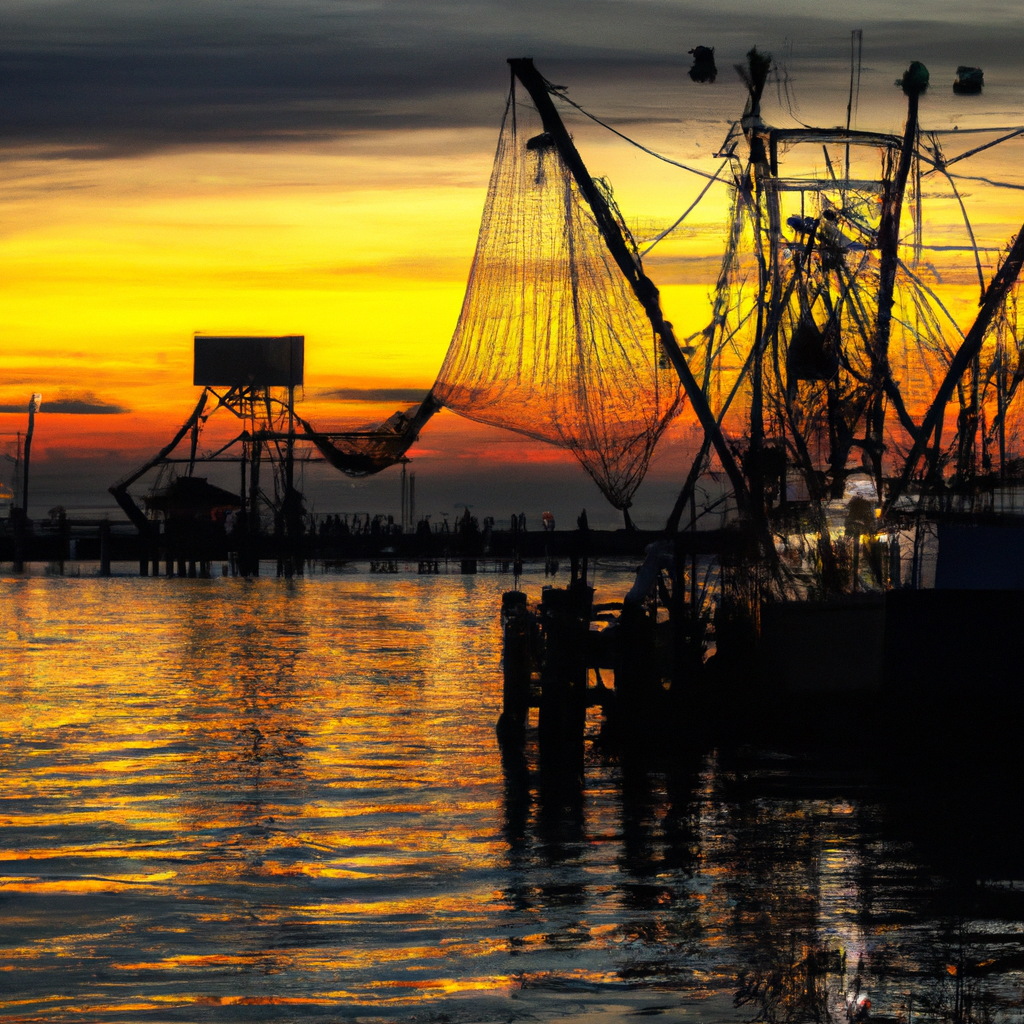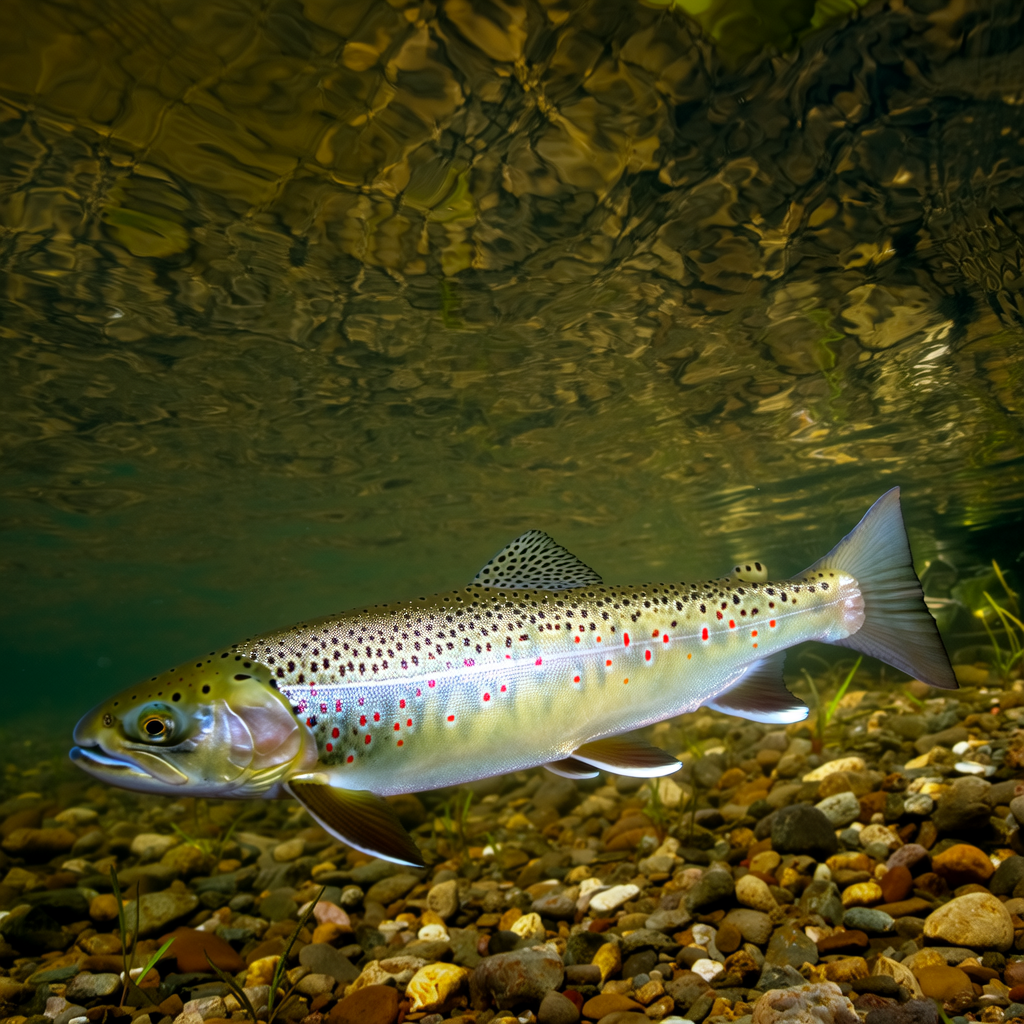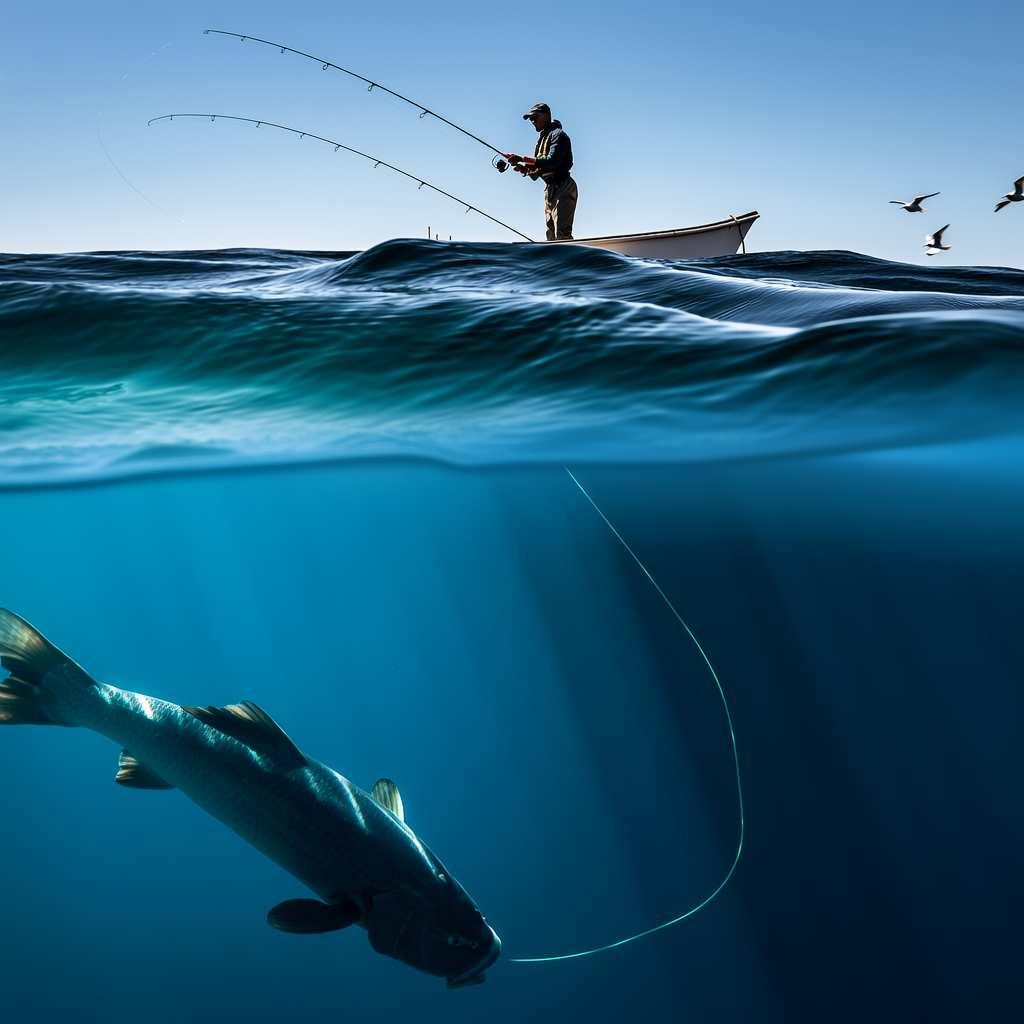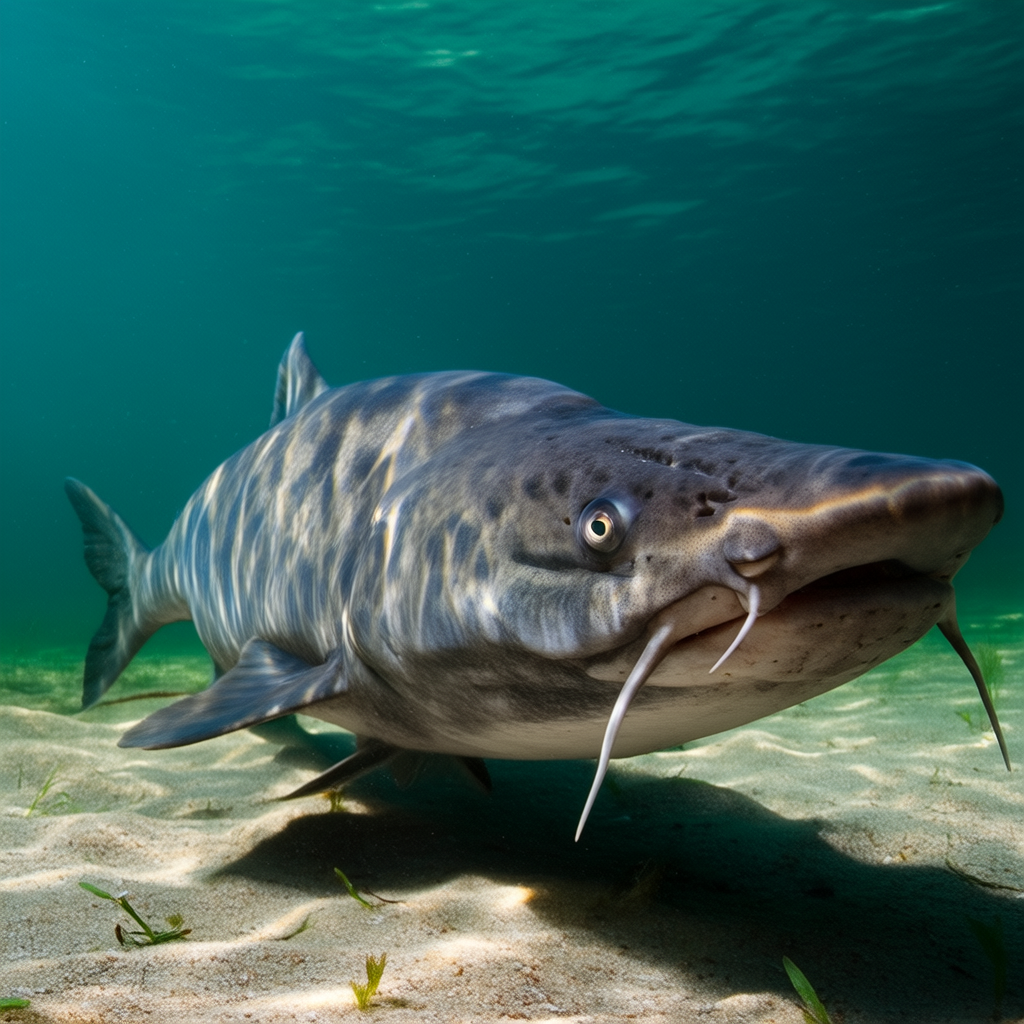Welcome to our comprehensive guide to fishing in the Chesapeake Bay. The Chesapeake Bay, with its diverse aquatic ecosystem and abundance of fish species, offers excellent fishing opportunities to anglers at all skill levels. This article will explore the many aspects of fishing this bay, including the best spots, the most popular fish species, the techniques, the regulations, and much more. Grab your fishing gear and let’s go on an unforgettable fishing trip!
The Chesapeake Bay – A Fishing Paradise
The Chesapeake Bay is the largest estuary of the United States. It is located on the East Coast. The bay stretches over 200 miles and covers approximately 4,479 sq. miles. It is a productive habitat for many fish species.
The bay is known as a scenic beauty with its picturesque shorelines, calm waters, and stunning sunrises. The combination of natural beauty with excellent fishing opportunities make the Chesapeake Bay an attractive destination for anglers.
Popular Fish Species of the Chesapeake Bay
The Chesapeake Bay has a wide variety of fish species that attract anglers from all walks of life. Anglers have a wide range of options for fishing in the bay, including freshwater and saltwater. Take a look at the most popular fish species you can catch in the Chesapeake Bay.
1. Striped Bass
The striped bass (also known as rockfish) is one of the most popular fish species in Chesapeake Bay. These prized fish can reach impressive sizes and provide anglers with exciting fights. Anglers from around the world flock to the Chesapeake Bay for its striped-bass population.
Striped Bass can be found throughout the bay. Some of the best spots include the Chesapeake Bay Bridge-Tunnel and the mouth of Potomac River. They are known for their voracious eating habits, often chasing baitfish near the surface.
2. Bluefish
Bluefish is another popular game fish found in the Chesapeake Bay. Bluefish are known for their aggressive natures and powerful strikes. They make for an exciting fishing experience. They are found all over the bay but are usually caught near inlets and shoals.
Bluefish are highly migrating and travel in schools, giving anglers ample opportunities to reel in multiple catches. Because of their sharp teeth, it is best to use monofilament or wire leaders.
3. Red Drum
The Chesapeake Bay’s red drum population is also known as redfish, channel bass or redfish. These fish are prized by many anglers for their size and fighting abilities.
4. Flounder
Anglers often target flounder in the Chesapeake Bay. They are known for having excellent camouflage that allows them to blend in with the sandy or muddy seafloor. Flounder fishing is popular in lower bay regions near oyster beds and channels.
Best Fishing Spots on the Chesapeake Bay
It is important to know where to fish in the Chesapeake Bay to maximize your chances of catching fish. The Chesapeake Bay has a variety of fishing options, whether you prefer to fish from the shore, the pier or the boat. Here are a few of the best spots to fish in the bay.
1. Chesapeake Bay Bridge-Tunnel
The Chesapeake Bay Bridge Tunnel is not only an engineering marvel, but also a fishing hotspot. This iconic structure provides excellent opportunities to catch striped basses, bluefish, flounder and other species. You can fish either from the many fishing platforms along the bridge tunnel or from a nearby boat.
2. Chesapeake Bay Bridge
Another great place to fish is the Chesapeake Bay Bridge. It connects the eastern and western shores. Anglers often target striped bass and bluefish near the bridge. It is possible to catch a lot of fish from a kayak, boat, or the shores around the bridge.
3. Tangier Sound
Tangier Sound is a fishing spot in the lower Chesapeake Bay that is known for its abundance of species. This vast expanse offers great opportunities to catch striped basses, red drums, croakers, and other species. Anglers have the option of fishing from a boat, or wading in the shallow water near the marshes.
4. Susquehanna Flats
The shallow area of the Susquehanna Flats in the northern part Chesapeake Bay is home to a variety of fish species. This area is known for its excellent striped bass fishing. This is especially true during the spring spawning period. Anglers often choose to fish from a boat, which allows them to cover more area in search of the target fish.
Fishing Techniques on the Chesapeake Bay
Anglers’ preferences and the species they are targeting can influence the fishing techniques used in the Chesapeake Bay. Here are some of the most popular fishing techniques in the bay.
1. Bottom Fishing
Bottom fishing is the practice of dropping lures or baited hooks onto the seafloor to target fish species that feed at the bottom. This technique is used to catch species like flounder, reddrum, blackdrum, and croaker. Bottom rigs such as high-low or fishfinder rigs can increase your odds of success.
2. Trolling
Trolling is a good technique to target species such as striped bass, Spanish mackerel, and bluefish. It involves trailing lures or baited lines behind a boat moving, covering a wider area in search of active feeding fish. Planer boards, diving planers, and downriggers can be used to present your lures in different depths.
3. Jigging
Jigging can be used in a variety of ways to catch fish in the Chesapeake Bay. It involves dropping a jig vertically and retrieving it in a tempting manner. Jigging is especially effective at catching flounder, bluefish and striped bass.
4. Fly Fishing
The Chesapeake Bay offers plenty of opportunities for fly fishing enthusiasts. If you’re targeting striped bass or bluefish or any other species, streamer patterns or imitations of baitfish can produce great results. Fly fishing in shallow water or from a boat can be a thrilling experience.
Conservation and Fishing Regulations
It is important to be familiar with the Chesapeake Bay fishing regulations and conservation measures. These regulations ensure the sustainability and protection of the bay’s fragile ecosystem. Here are some points to consider.
1. Fishing Licenses
Anglers who are 16 years old or older and fish in the Chesapeake Bay must obtain a fishing permit. You can purchase the license online or at authorized retailers. Check if any permits or stamps are required for certain fish species such as striped Bass.
2. Size and Bag Limits
To ensure the sustainability of fish population, size and bag limits have been set. These limits define the minimum size of fish and the maximum quantity per angler per a day. These limits are important to adhere to and understand to protect the bay’s fishing resources for future generations.
3. Closed for the Season
During the spawning season, some fish species in Chesapeake Bay are closed. There are, for example, specific closures during the spawning season of striped bass. Stay informed about these closures in order to avoid violating any fishing laws and to contribute to conservation efforts.
4. Catch-and-Release
The practice of catch-and-release helps maintain a healthy eco-system and conserves fish populations. Anglers should handle fish correctly, use barbless hooks and release fish without harm whenever possible. This practice ensures that the Chesapeake Bay fisheries will be sustainable for future generations.




